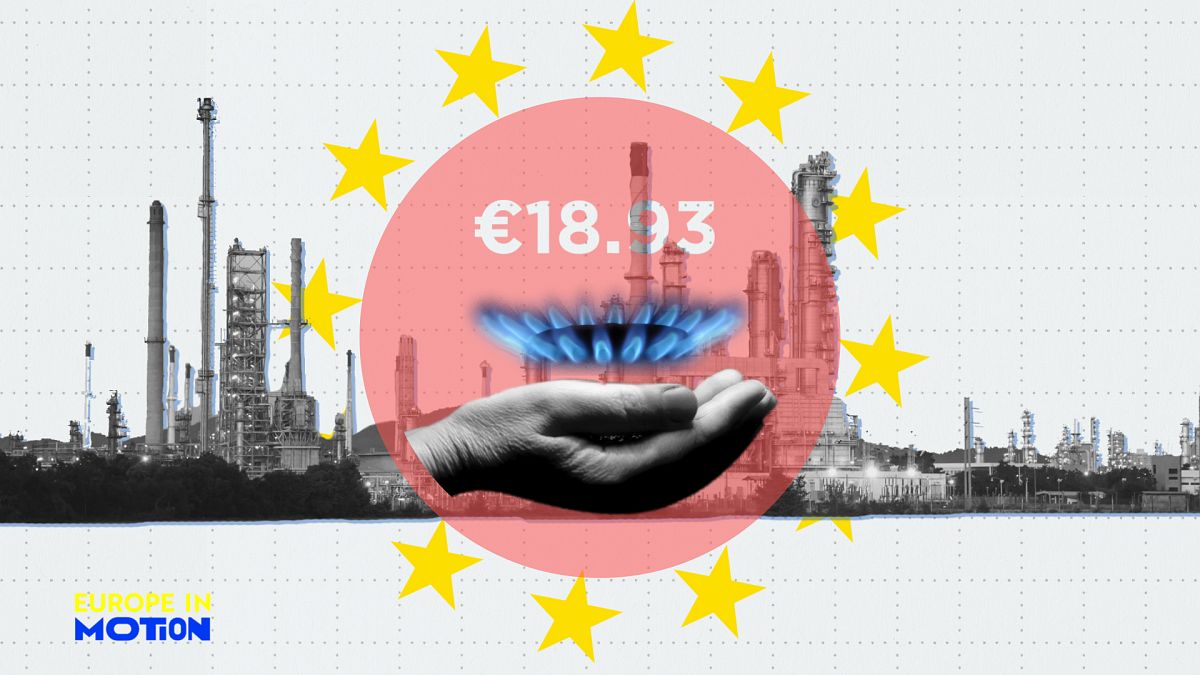The EU is feeling the bite of energy prices going up again.
Gas reached its highest cost on record in the second half of 2024, Eurostat reports.
The average rate is now €12.33 per 100 kWh, up from €11.04 in the first half of last year.
It is also the first time that prices in the EU are climbing up, following the 2022 energy crisis.
However, unlike three years ago, when the war in Ukraine and the cut in Russian gas imports (from 45% in 2021 to a projected 13% in 2025) sent prices soaring, this time, taxes are mainly responsible for the spike.
“The increase is largely driven by raised taxes in many EU countries, as earlier alleviation measures were scaled back.”, says Eurostat.
Price disparities linked to Russian gas dependency
Considering both EU and extra-EU countries, price differences are huge.
They range from €18.93 per 100 kWh in Sweden and €16.71 in the Netherlands, to €1.73 in Georgia, €2.13 in Turkey, €3.15 in Hungary, €4.56 in Croatia, €4.92 in Serbia, €5.13 in Bosnia-Herzegovina and €5.41 in Romania.
None of the countries with the cheapest gas prices – excluding Croatia and Romania – cut Russian gas supplies.
The picture is slightly different when actual purchasing power is taken into account.
In the EU, Portugal and Italy are actually the countries paying the most for natural gas.
Why are Croatia’s and Romania’s gas prices so low?
Croatia and Romania could cut reliance on Russia while keeping prices low thanks to long-term and ambitious energy strategies.
Croatia’s crucial liquefied natural gas terminal on Krk became operational in 2021 and the country now plans to ramp up gas production by 82% in the next three years.
Romania is one of the most energy-independent countries in the EU, and is planning to go completely autonomous, gas-wise.
Pivotal to it is its Neptune Deep offshore project. It’s expected to become operational in 2027 and is aiming to double Romanian gas production.

